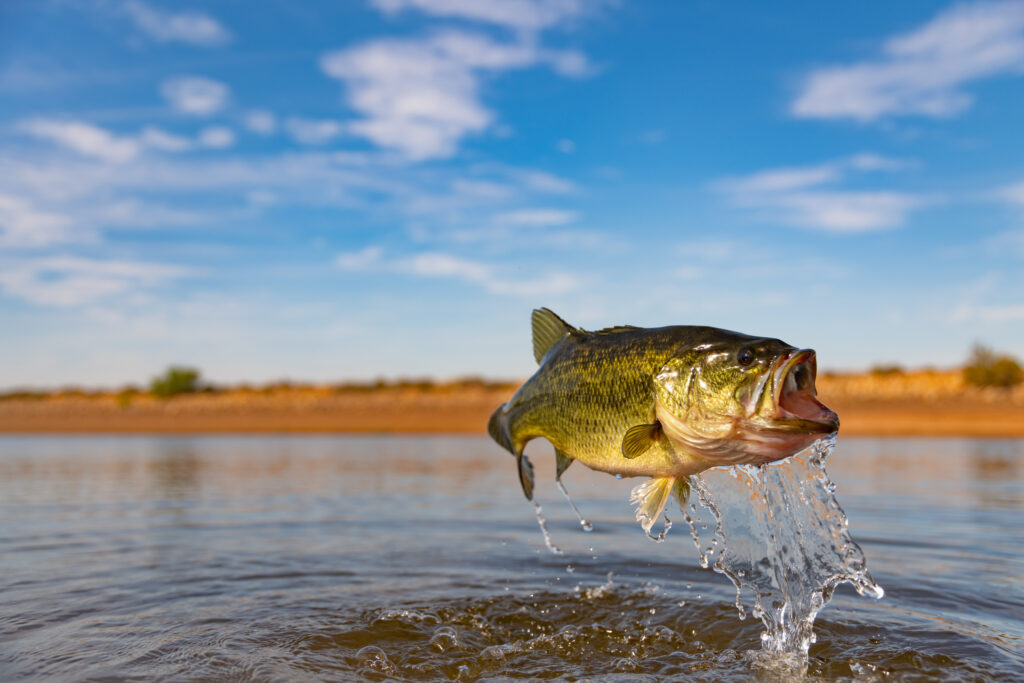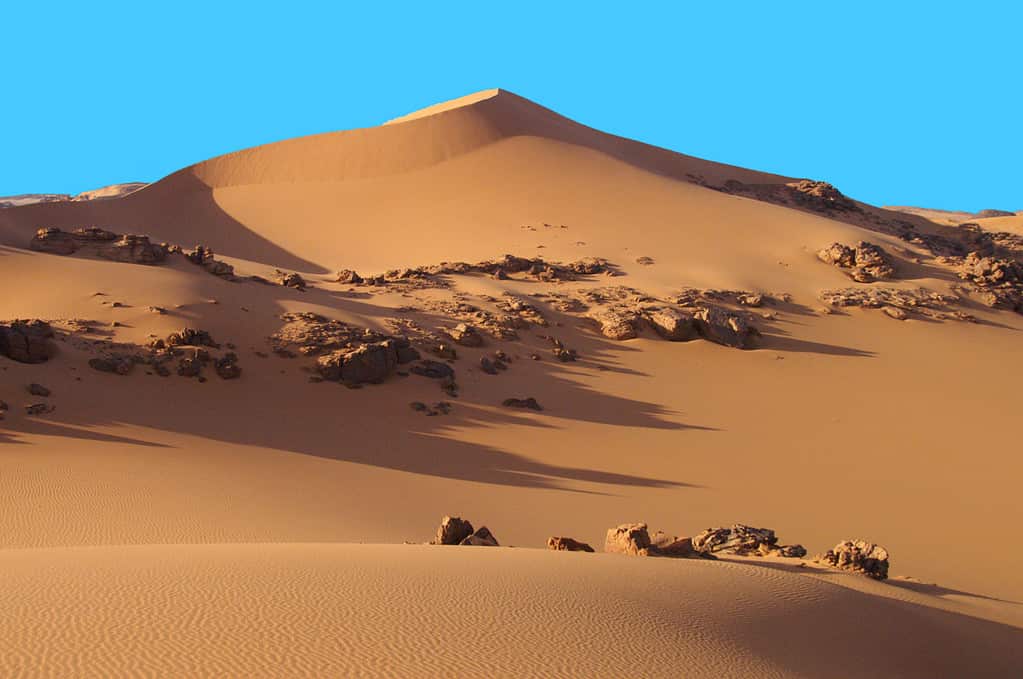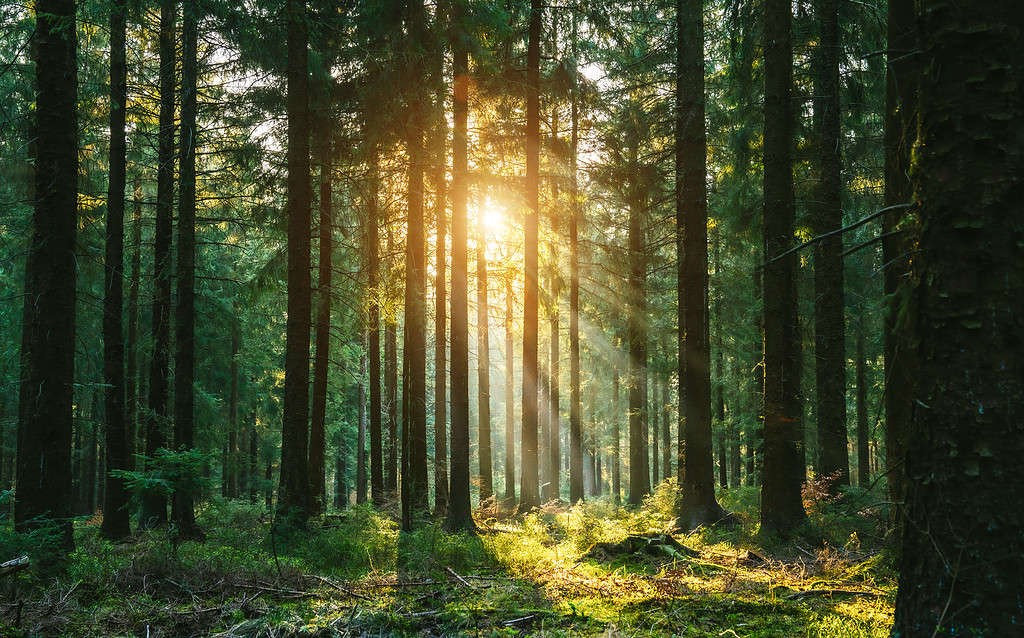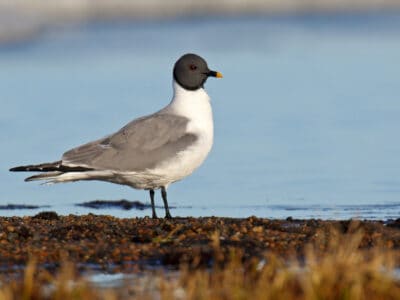A biome is an area or region that is characterized by its unique features, including its soil, climate and weather, and the native flora and fauna. There are several different types of biomes.
Summary

Characteristics such as temperature, weather, soil, and light, as well as the animals that inhabit an area, all help determine biomes.
©VectorMine/Shutterstock.com
A biome is a unique area. It is classified by the species that live there as well as characteristics such as temperatures, weather and climates, soil, light, and water. There is no single number available to describe how many there are in the world. This is because many scientists disagree on just how many exist. Some scientists believe there to be six different types of biomes, while others believe there to be as many as eight or even 11.
What Makes a Biome?
One of the main reasons that there is so much discourse around how many types of biomes there are is because of different levels of broadness. With smaller numbers, scientists are more likely to classify biomes as forests, grasslands, marine, and similar categories. However, each one of these categories can be broken down further. For example, there are several different types of forests in the world, ranging from temperate deciduous forests to taiga forests.
There are also little to no clear boundaries between each type. For some scientists, it’s only important to note that there is a marine biome and a forest biome. However, with a more in-depth analysis, you could actually find other types of landscapes interlapping between these two, such as marshes, coasts, and wetlands.
It’s important not to mistake a biome for an ecosystem. Although these two concepts can seem similar, they’re actually different. A biome is an area made unique by the living and non-living characteristics present there. An ecosystem, however, is the interaction between these living and non-living characteristics. A single biome can be made up of many different types of ecosystems. For instance, an ocean biome can include ecosystems that look like tide pools, coral reefs, kelp forests, and more.
Not only this, but biomes don’t always stay in the same place. As time passes, climate and geography change. These are two characteristics that can have a large impact on the type of species able to live and thrive in an area. As a result, time has the ability to change the landscape. Areas that once bloomed and thrived can turn into deserts in just a few centuries, creating a completely different biome.
Major Types of Biomes
As you learned above, there are several different ways to view biomes. This means that there are fluctuating numbers of biomes in the world, depending on what scientist and research you’re studying. Overall, there are five main types of biomes: aquatic, grassland, tundra, desert, and forest. Many of these can be divided down further to create more biomes. For instance, while aquatic biomes are considered one of the main five types, it can be broken down into freshwater and saltwater. Even these categories can be further divided into even more types of biomes, such as ponds, lakes, and rivers for freshwater biomes.
Aquatic Biomes

Freshwater biomes only make up about 2.5 percent of water on the planet, but they can take various forms, such as ponds, rivers, and lakes.
©Ryno Botha/Shutterstock.com
You’ve already learned a little bit about the different aquatic biomes of the world. Freshwater makes up as little as around 2.5 percent of all of the water on the planet. Freshwater is frozen in some areas, such as the far north and south. In other areas, it takes the form of ponds, rivers, lakes, and more.
Marine biomes make up a majority of the water on Earth. More than 96 percent of all water found on Earth is saltwater. Marine biomes can be further categorized into different oceans and seas, coral reefs, kelp forests, estuaries, and more.
Grasslands

Warm, open areas filled with grass and scattered trees are grasslands.
©Daniel Case / CC BY-SA 3.0 – License
The second of the five major types of biomes is grasslands. Grasslands are open areas that are often warm and dry. However, they’re not as dry as the desert, which allows them to support a wide variety of different types of grass and plants.
There are several different types of biomes considered to be grasslands. Savannas are one example of a grassland biome. These are warm, dry regions located close to the equator. They’re not rich in trees like forests, but you may be able to find a few trees scattered throughout here. Savannas are most common in Africa, but you can also find them in Australia, India, and South America.
Other types of grasslands include prairies and steppes.
Tundras

The tundra biome is a particularly unwelcoming one for most creatures.
©Vladimir Melnikov/Shutterstock.com
Tundras are known for their unwelcoming conditions. This means that due to the climate and other defining characteristics, these biomes are unable to support a large variety of life. Of the five major types of biomes listed here, tundras have the lowest annual temperatures. Annual temperatures here range from -29 to 54 degrees Fahrenheit, with little precipitation. The soil is also low in nutrients and otherwise poor, reducing the plant life able to thrive here. You can find shrubs, lichens, and mosses here, however.
There are two main types of tundras: arctic and alpine.
Deserts

In order for an area to be a desert, it generally must receive no more than 10 inches a year.
©iStock.com/AngelGV
Deserts are a commonly known biome. They’re dry, with less than 10 inches of precipitation per year. They also have few freshwater sources available. Not all deserts are hot, however. They can be either hot or cold, although it is more common to find them on the warmer side of the spectrum. This is because a majority of the deserts of Earth are found near subtropical zones.
Deserts make up around 20 percent of Earth’s surface. Like with the tundras, species living here have had to adapt to the harsh, extreme conditions that often arise. Because of this, deserts are often home mainly to reptiles such as lizards and snakes who are able to thrive in hot, dry conditions. You may also find small animals and certain plant species like different cacti.
There are four different types of desert biomes: hot, cold, semiarid, and coastal.
Forests

There are three types of forest biomes: temperate, tropical, and boreal.
©iStock.com/audioundwerbung
The last of the five major types of biomes is the forest. These make up about 33 percent of the Earth’s surface, and they’re likely one of the most well-known biomes. Where other biomes struggle to support a wide variety of life for one reason or another, forest biomes are rich in biodiversity. From different animals and insects to hundreds of different plant species, there is no shortage of life to be found in forest biomes.
There are three main types of forest biomes: temperate forests, tropical forests, and boreal forests. These occur at different places in the world, which can cause large differences between one type of forest biome and the next. For example, boreal forests, also known as taigas, appear in cold climates, near tundras. Temperate forests, however, are more common and often occur alongside grasslands and aquatic biomes.















